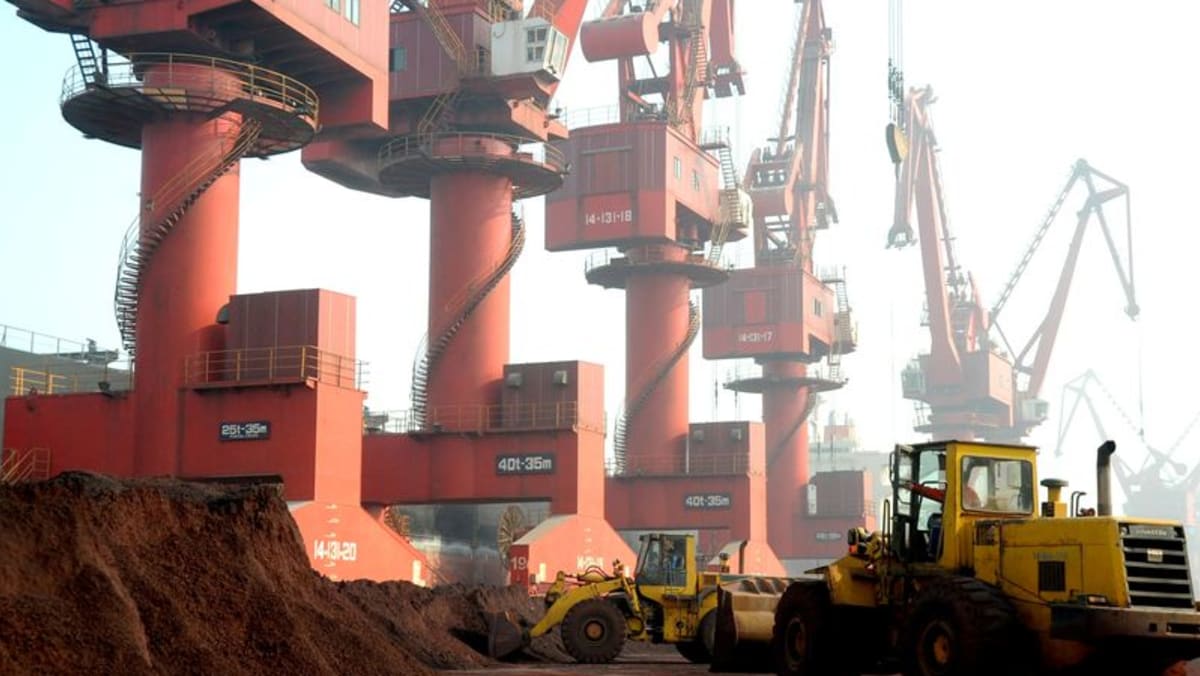A sizzling showdown: Cast iron vs carbon steel cookware

Home chefs and seasoned pros alike have long hailed cast iron as the heavyweight champion of the kitchen, while its close cousin carbon steel is a choice often overshadowed. Nonetheless, carbon steel shines in specific cooking methods, such as stir-frying, where precise heat control and rapid adjustments are crucial. So, the question arises: Which of these stalwarts aligns best with your culinary aspirations and repertoire?
UNDERSTANDING CAST IRON AND CARBON STEEL
Both cast iron and carbon steel cookware are celebrated for their durability and aptitude for high-heat applications like searing and stir-frying. Unlike their nonstick counterparts, cast iron and carbon steel evolve with time and use, naturally acquiring a nonstick patina through proper maintenance.
Cast iron cookware takes shape through the casting of molten iron and carbon alloy in sand moulds, while carbon steel cookware typically emerges from sheets of iron and carbon, the latter in a proportion less than that found in cast iron.
The pros of cast iron
- Ideal for searing steaks and sizable cuts of protein, thanks to its substantial thermal mass and lower conductivity, which minimises temperature drop.
- Retains heat admirably, making it a fitting choice for serving dishes (assuming overcooking is not a concern).
The pros of carbon steel
- Heats up and cools down swiftly due to its superior conductivity, offering precise cooking control and the ability to whip up successive stir-fried dishes in mere minutes.
- Lighter and more manoeuvrable with one hand, an asset in the art of stir-frying.
- Boasts a smoother surface, perfect for the likes of fried eggs, omelettes and delicate fish, all prone to sticking on cast iron pans unless very smoothly finished and extremely well seasoned.
The cons of both carbon steel and cast iron
- Require initial seasoning and ongoing maintenance to stave off rust. Seasoning is the process of heating up the pan or wok with a thin layer of oil at a high enough temperature such that the oil polymerises and bonds to the surface, yielding a natural nonstick surface.
- Not ideal for cooking acidic liquids or ingredients for prolonged periods, such as reducing a bottle of wine or tomato sauce, as acids can react with the iron and compromise the seasoning.
The good news is that some manufacturers now offer pre-seasoned or heat-treated carbon steel and cast iron cookware, making initial use more accessible. However, regular care remains essential.
For those in pursuit of quality American, French and Japanese-made carbon steel and cast iron cookware, we present a curated selection from Amazon.sg. Discover options that not only prove cost-effective compared to local stores but also include unique finds unavailable in Singapore.
UNCOATED CAST IRON FRYING PANS: THE SEARING SPECIALISTS
Uncoated cast iron frying pans stand as the quintessential choice for searing meat. These culinary workhorses rely on a well-maintained seasoning to thwart rust and unveil their natural non-stick patina over time.
Lodge Cast Iron Skillet, 10.25-inch, Black (S$39.90)
Source: CNA















